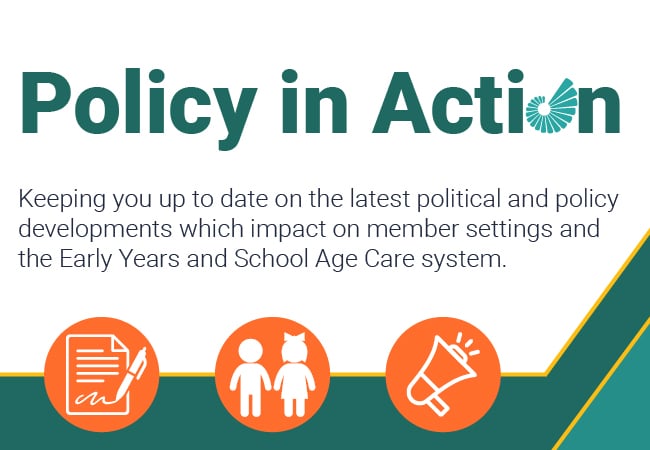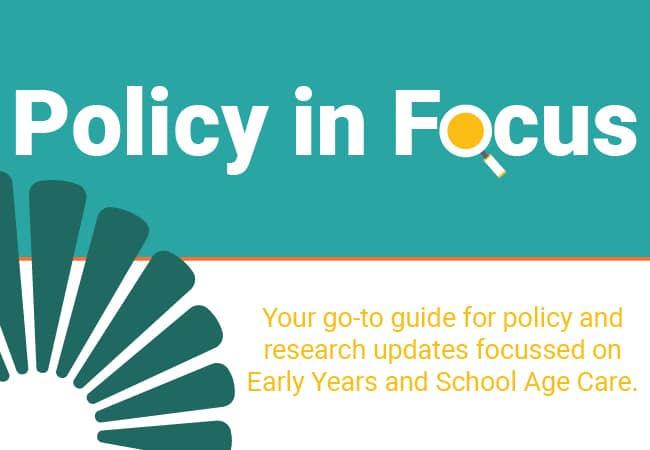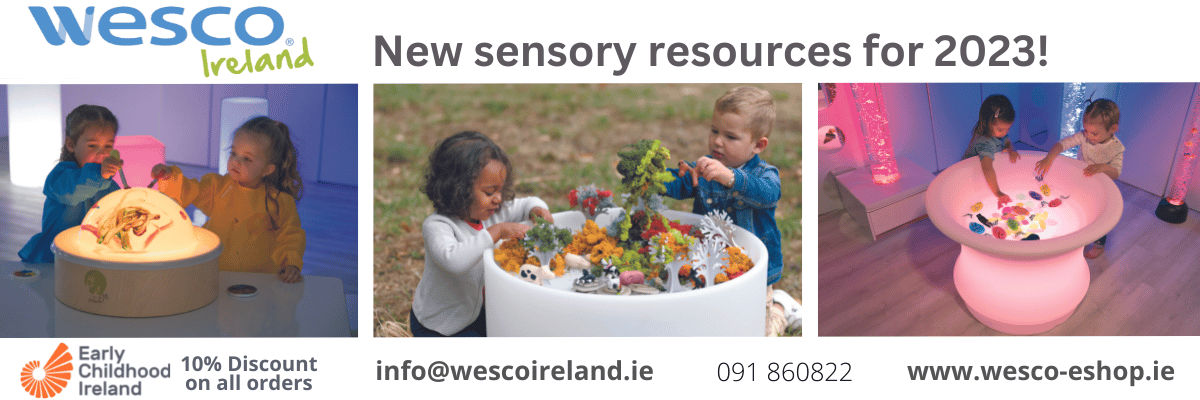Sharing Play Stories
‘The tigers can’t be near the giraffes ‘cos they might hurt them’
I’m intrigued by the stories that children tell in their play. They are stories that one player suggests and another player continues, contributing another idea or initiative. So the stories are emergent because the players have to respond to one another’s ideas and they may take them in many different directions.. Children bring their experience of the world to their play – sometimes drawing on a real life event and sometimes on the world of books and media. Like all stories, children’s stories are full of characters, plots and feelings that emerge as they play with their friends, artefacts and themes. Children tell us a lot in their stories – about what they’ve learned about the world, about how people behave and about the joy of connecting with others in play. Early years educators tell me these stories and I love to read them and imagine how it feels to be part of the play. For me, play is so much about becoming more expert in the human processes of relating and finding a place in the world.
Here’s a story from a pre-school group:
Sinéad and Seán (age 3 and 4) were playing with blocks and a station. Sinéad had animals and was playing zoo. Seán had cars and was making a car park. ‘Will we play zoo together’ says Sinéad. ‘Yeah’ says Seán ‘I’ll get more animals’. They build the perimeter of the zoo and then divide the space into smaller sections with the blocks. ‘Let’s put the giraffe in this space near the trees’ says Seán –‘cos he has a long neck and he’ll reach the high leaves’. ‘Yeah and we can put the tigers here’ says Sinéad, ‘they can’t be near the giraffes ‘cos they might hurt them’. The two children continue to build the zoo and house the animals. The Educator calls for dinner time. Seán is upset – he doesn’t want to leave the game. The educator assures him that it will be there when he comes back and he can continue to play. At dinner, he eats quickly and wants to save some food for the animals. Small World Stories
Small World Stories
What we learn when we listen to children’s play
Why is this play episode significant? It’s the simple, ordinary kind of play episode that we see children play in our early childhood settings every day. However, when we stop to think and talk about it, the ordinary becomes extraordinary. It becomes a story of empathy, sharing and creativity. When children have problems connecting and sharing with other children, the problem stares us in the face but we often forget to see these wonderful skills when children show them to us. In this episode Sinéad invites Seán to play with her. She knows that they can achieve far more together than either of them can alone. She enjoys company and the dynamic of shared play and has the courage, confidence and skill to suggest a partnership. Seán is able to drop his own idea and immediately row in. He then contributes an idea ‘I’ll get more animals’. These children are now in a co-operative cycle. They manage it because they have the ability to both lead and to follow – the skills for self-other regulation. These are not skills we learn in one lesson. Children need loads of opportunities to practice to develop them.
And it’s really important that they do because these skills are critical to lifelong learning and well-being. They are the skills that make us feel connected to others – that give us a sense of belonging – that bring us into the human community. Increasing amounts of research now tells us that this kind social and emotional connectedness and competence is the basis not just of everyday life success but of school success (Feinstein 2015; Shonkoff 2000; Shanker 2014). Sinéad and Seán are building a sense of identity as likeable people who have the skills to connect and belong in shared social activity. At the same time they are sharing what they know, developing their knowledge of animal behaviours and habitats and problem solving in a spirit of companionship. What complex learning and what a lovely way to do it!
How does it feel….?
What do you think it’s like to be a child in this experience? Seán’s reluctance to leave gives us some hints… When we stop to think about it and feel the feeling, we know that it’s these feelings of excitement that generate most of our energy and enthusiasm for life.









